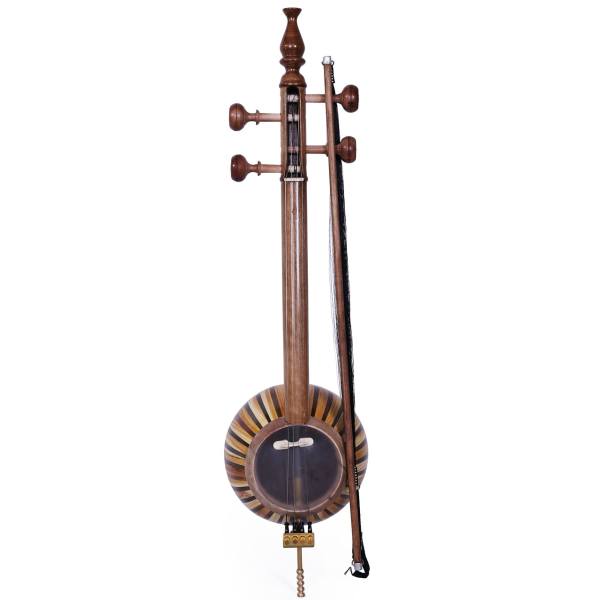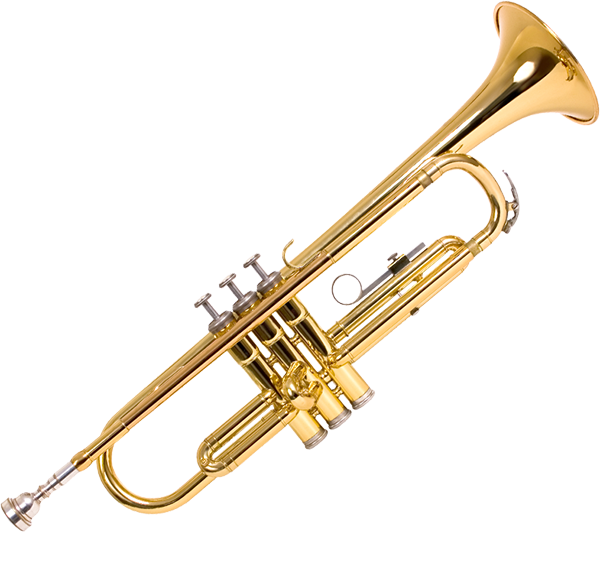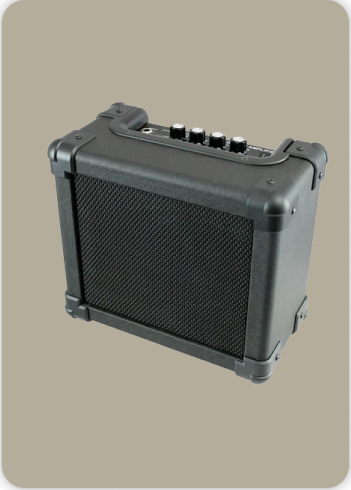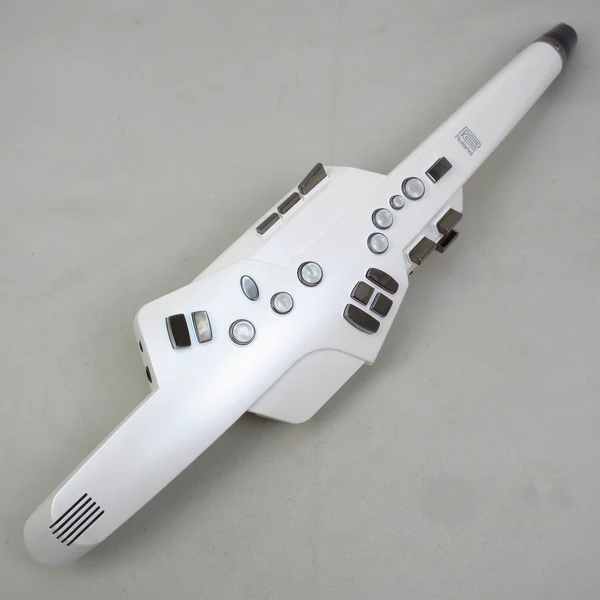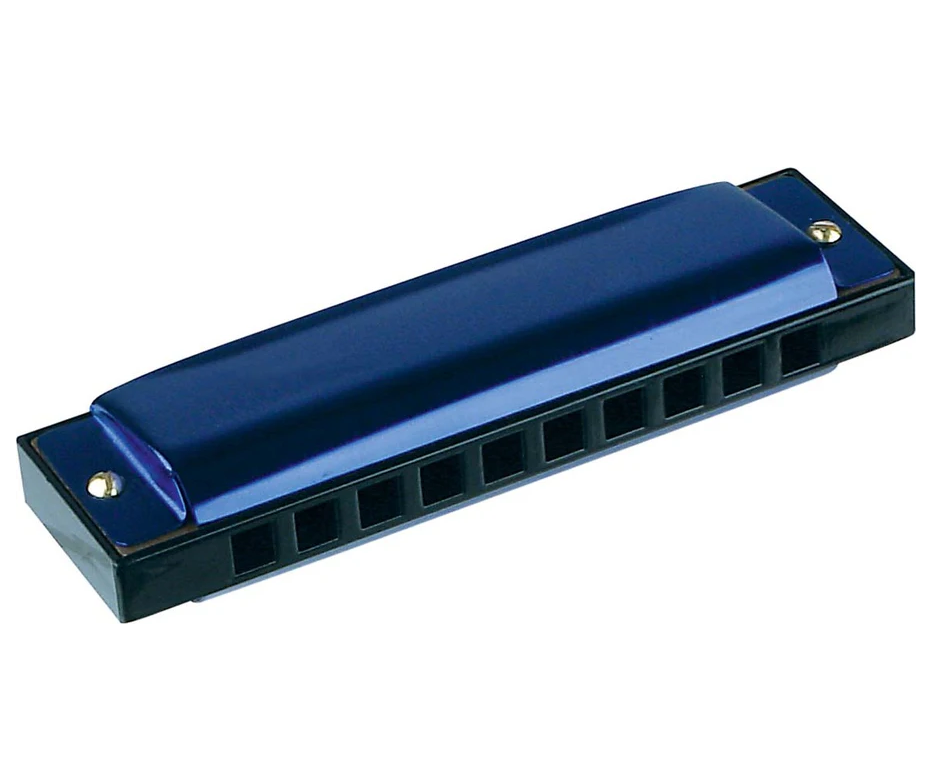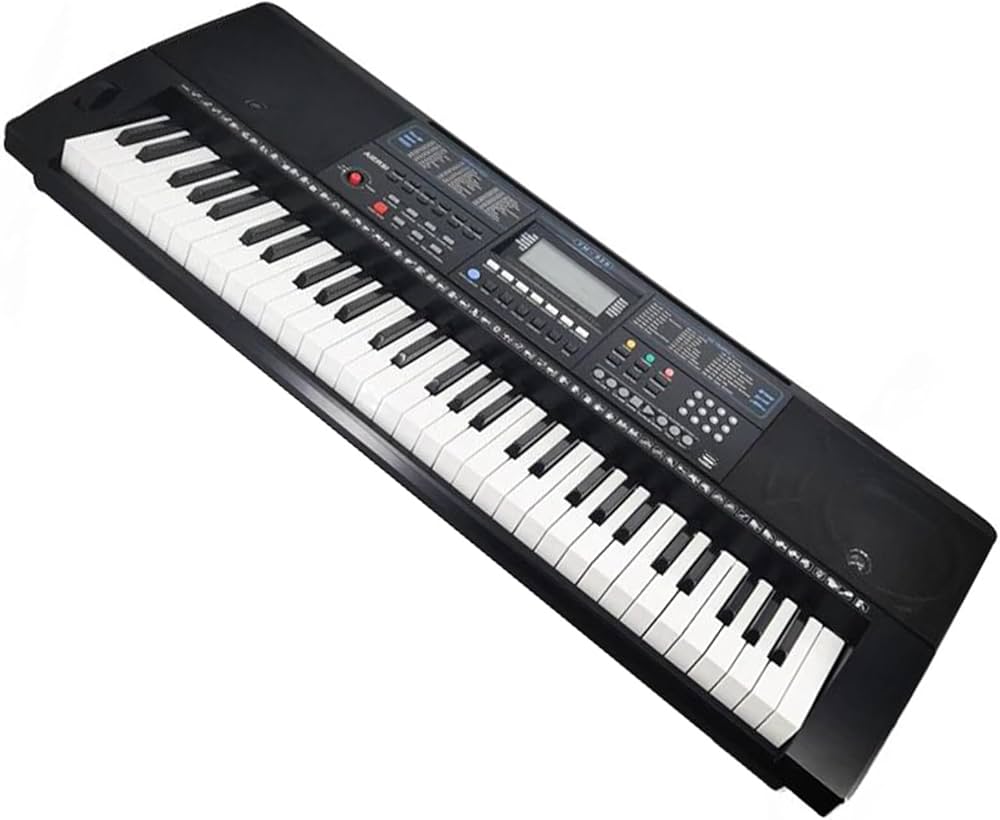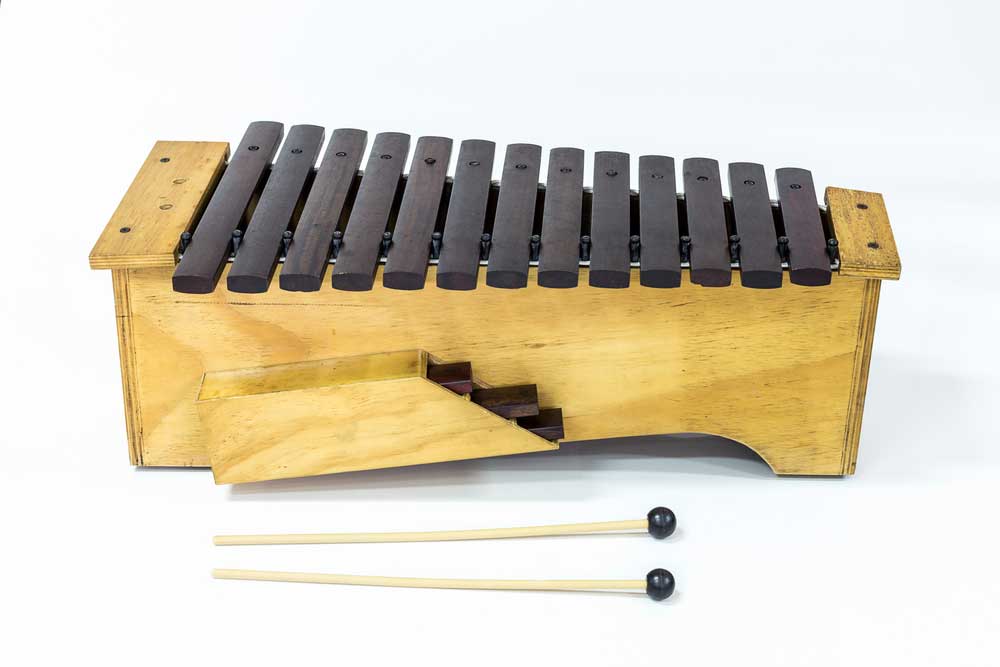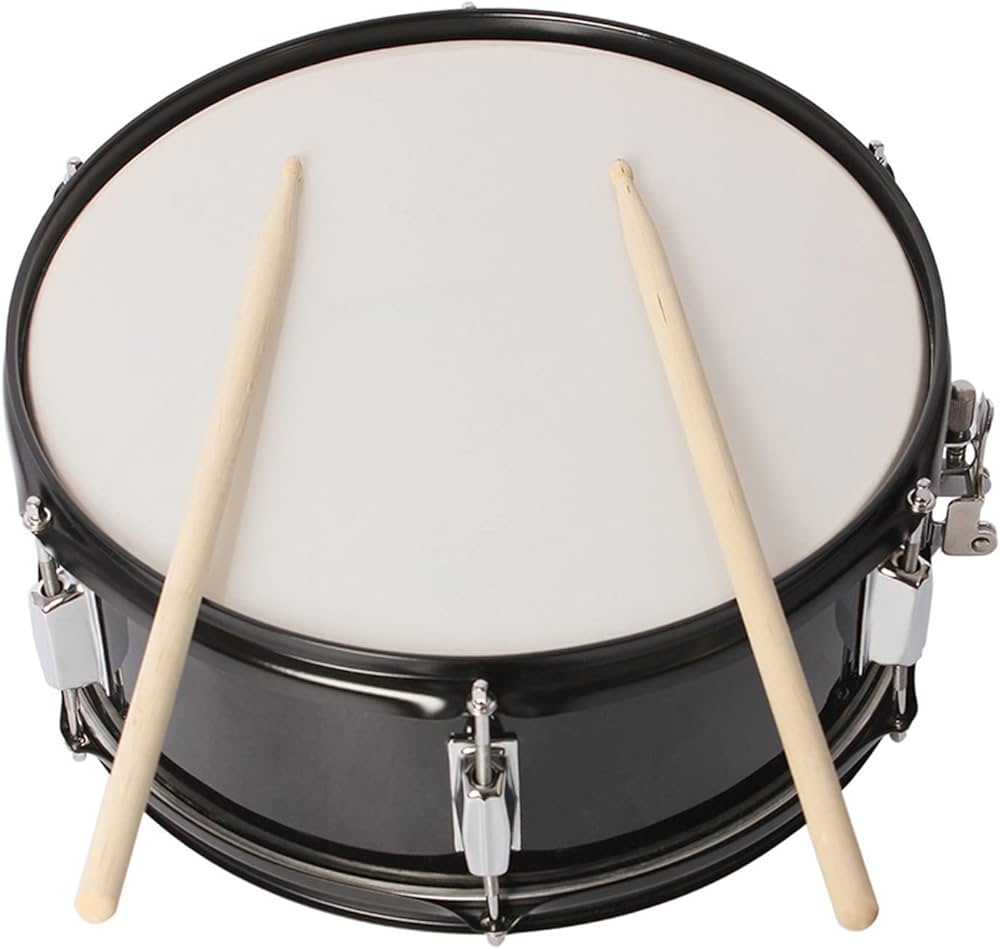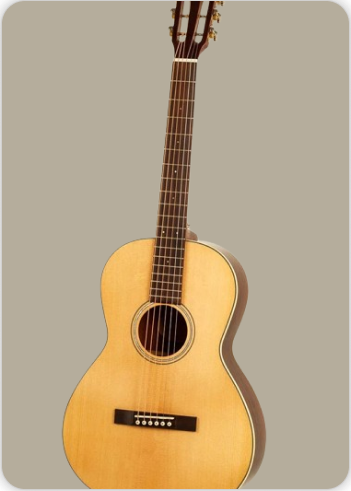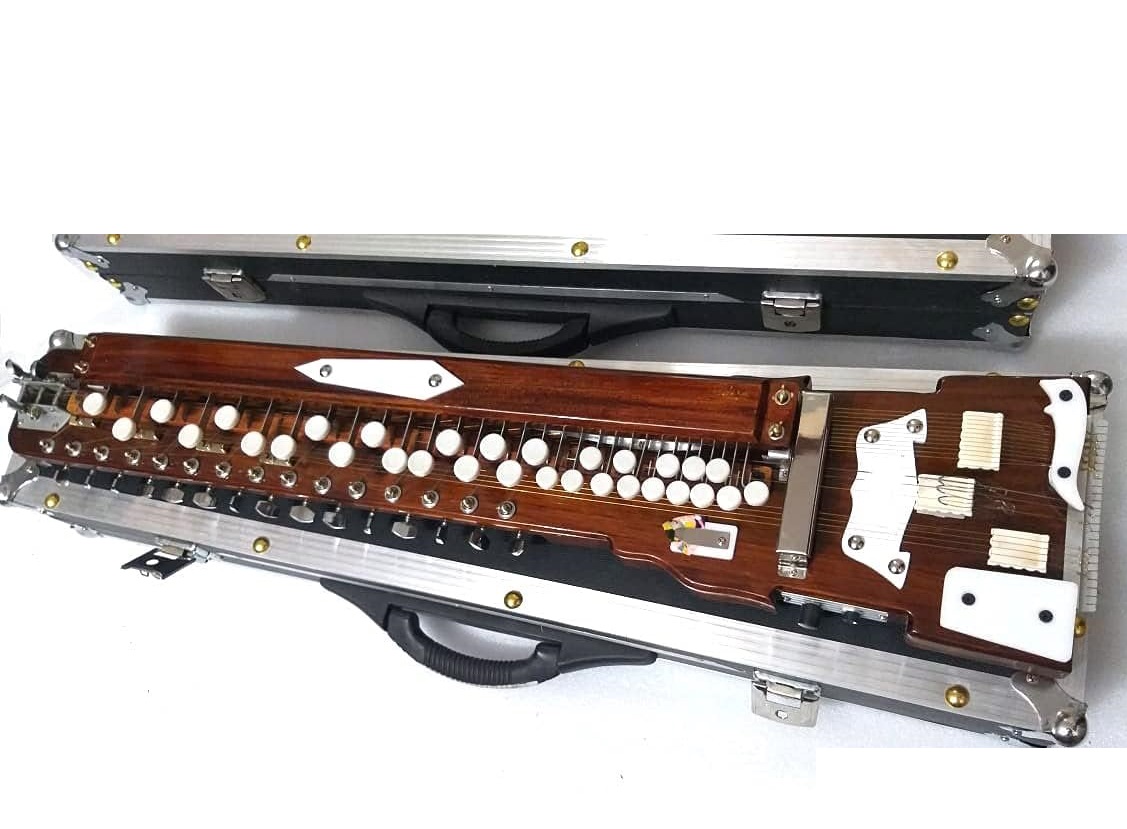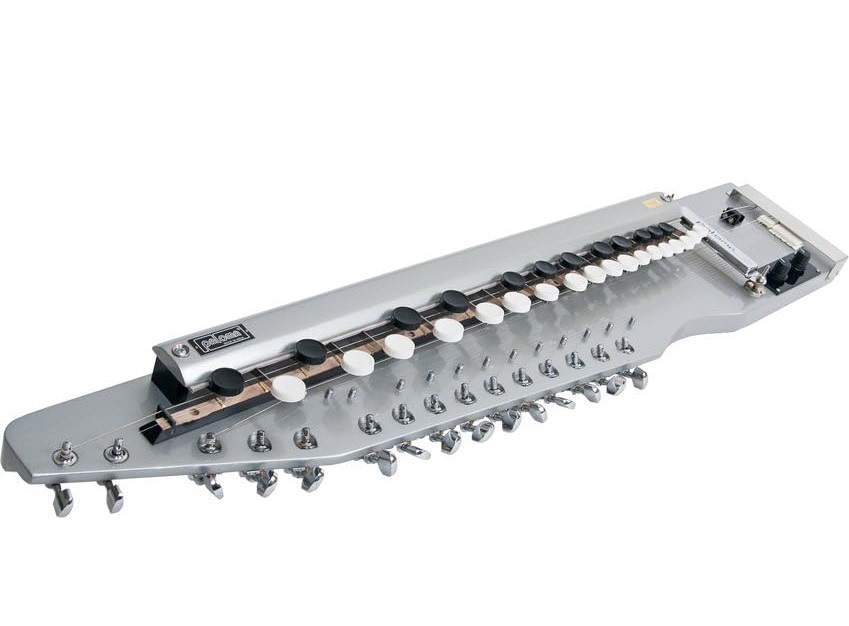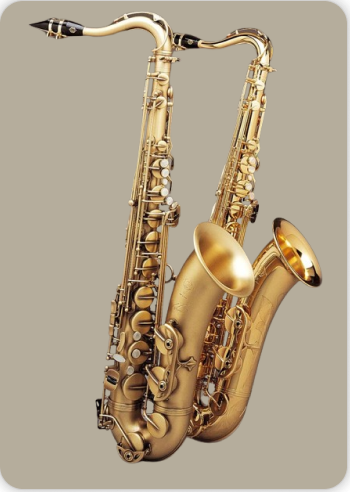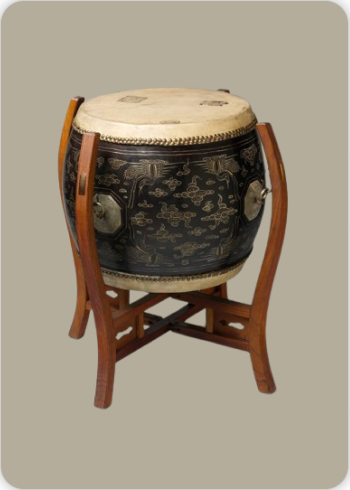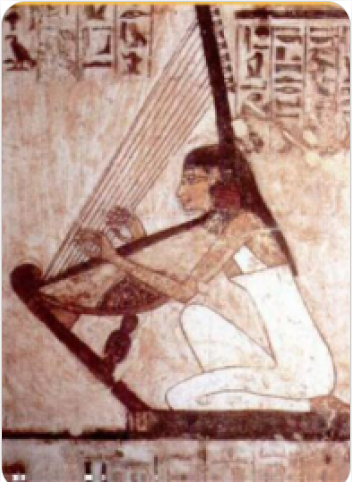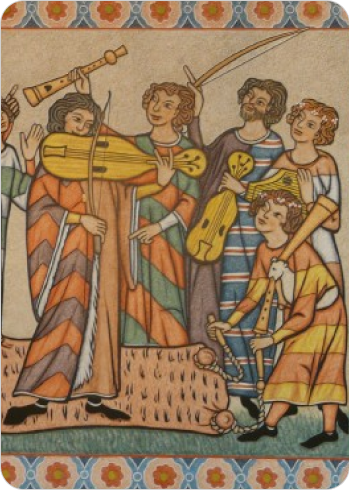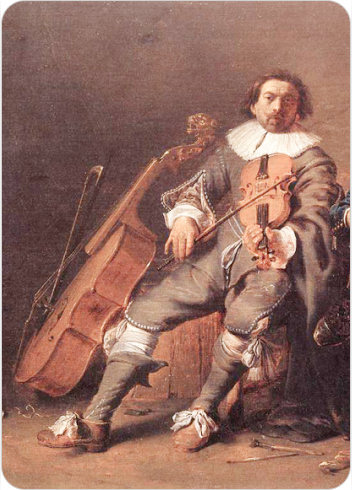Shahi Baaja
Keyboard Instruments
Asia
Between 1901 and present
Video
The Shahi Baaja, often referred to as the “royal instrument,” is a unique and fascinating musical device that blends traditional Indian string instruments with modern electronic enhancements. It is essentially an electrified version of the bulbul tarang, a type of Indian zither, and incorporates elements of the swarmandal, a harp-like drone instrument.
The Shahi Baaja is characterized by its dual functionality, combining the melodic capabilities of the bulbul tarang with the harmonic richness of the swarmandal. This instrument typically features a solid body made of toon wood (Cedrela toona), which provides both durability and resonance. The design includes 30 typewriter-style keys, which are color-coded black and white, similar to piano keys, allowing for intuitive playability. These keys are used to depress the strings, altering their pitch and creating a wide range of musical notes. The instrument also includes 10 drone strings that are strummed like a swarmandal, adding a rich, harmonic backdrop to the melody. The Shahi Baaja is equipped with a double pickup system, tone and volume controls, and is compatible with most guitar amplifiers, making it a versatile tool for both traditional and contemporary music.
Type of Instrument
The Shahi Baaja is classified as a string instrument, specifically a type of zither, which is a family of musical instruments that have strings stretched across a flat body. It is an electrified and slightly modified version of the bulbul tarang, which itself is derived from the Japanese taishogoto. The bulbul tarang is known for its simplicity and ease of learning, making it a popular choice for beginners in Indian music. The Shahi Baaja, however, elevates this simplicity by incorporating electronic pickups and additional drone strings, transforming it into a more complex and versatile instrument. This hybrid nature allows the Shahi Baaja to straddle the line between traditional and modern music, making it a unique addition to the world of musical instruments.
History
The origins of the Shahi Baaja can be traced back to the early 20th century, with its roots deeply embedded in the cultural and musical traditions of South Asia. The bulbul tarang, from which the Shahi Baaja is derived, is believed to have been inspired by the Japanese taishogoto, an instrument that was introduced to India in the early 1900s. The taishogoto was a simple, stringed instrument that used typewriter-like keys to change the pitch of the strings, and it quickly gained popularity in India due to its ease of use and affordability. Over time, Indian musicians began to modify the taishogoto, adding more strings and incorporating elements of traditional Indian music, leading to the creation of the bulbul tarang. The bulbul tarang became widely used in Indian film music, bhajans, ghazals, and qawwalis throughout the 1950s to the 1970s, serving as a gateway for many young musicians entering the world of instrumental music.
However, as music technology evolved, the bulbul tarang began to lose its prominence, overshadowed by more modern instruments like keyboards and synthesizers. Despite this decline, a group of dedicated musicians and instrument-makers continued to cherish the bulbul tarang for its unique sound and charm. This led to the development of the Shahi Baaja, an electrified version of the bulbul tarang that incorporates additional drone strings and electronic pickups, allowing it to produce a richer and more complex sound. Today, the Shahi Baaja remains a niche instrument, cherished by those who appreciate its unique blend of traditional and modern elements.
Construction and Design
The construction and design of the Shahi Baaja are a testament to the ingenuity and craftsmanship of its makers. The instrument features a solid body made of toon wood (Cedrela toona), a type of wood known for its durability and resonance. The body is typically over 36 inches long, providing ample space for the strings and keys. The Shahi Baaja is equipped with 30 typewriter-style keys, which are color-coded black and white, similar to piano keys. These keys are used to depress the strings, altering their pitch and allowing the player to create a wide range of musical notes. The instrument also includes 10 drone strings that are strummed like a swarmandal, adding a rich, harmonic backdrop to the melody. These drone strings run between the two main strings, which are plucked or strummed by the right hand. The Shahi Baaja is equipped with a double pickup system, which captures the sound of the strings and sends it to an amplifier. The instrument also features tone and volume controls, allowing the player to adjust the sound to their preference. The Shahi Baaja comes with all the necessary cords and accessories, making it easy to connect to most guitar amplifiers. The design of the Shahi Baaja is both functional and aesthetically pleasing, with traditional earth tones and a sleek, polished finish. The instrument is handcrafted, which means that each piece is unique, with slight variations in size and finish. Despite its traditional roots, the Shahi Baaja is a modern instrument, designed to meet the needs of contemporary musicians while preserving the rich musical heritage of South Asia.
Types and Characteristics
The Shahi Baaja is a versatile instrument that comes in various types, each with its own unique characteristics. The most common type is the Paloma Electronic Shahi Baaja, which features a solid wood body, 30 typewriter-style keys, and 10 drone strings. This type is known for its rich, harmonic sound and ease of playability, making it a popular choice for both beginners and experienced musicians. Another type is the Banjo-Bulbul Tarang with 10 String Swarmandal, which combines the features of a banjo with those of a bulbul tarang and swarmandal. This type is characterized by its unique sound, which blends the twang of a banjo with the melodic richness of a bulbul tarang and the harmonic depth of a swarmandal. The Shahi Baaja also comes in different colors, although the availability of specific colors may vary depending on the manufacturer.
Despite these variations, all types of Shahi Baaja share certain common characteristics, including a solid wood body, typewriter-style keys, drone strings, and electronic pickups. These features make the Shahi Baaja a versatile and unique instrument, capable of producing a wide range of sounds and styles. Whether used in traditional Indian music or contemporary genres, the Shahi Baaja is a testament to the enduring appeal of hybrid musical instruments.
Playing Techniques and Sound Modifications
The shahi baaja is played by plucking or strumming its metal strings, typically using picks, while the typewriter-like keys are depressed to alter the pitch of the melody strings. The instrument features two main strings for melody, three sympathetic resonating strings, and a 10-string electric drone harp, which collectively create its distinctive sound. The drone strings remain unfretted, providing a continuous harmonic backdrop, while the sympathetic strings enhance the resonance and richness of the notes. Players often experiment with different plucking techniques, such as fingerpicking or using a plectrum, to achieve varied tonal qualities. The double pickup system allows for sound amplification and modification through tone and volume controls, enabling musicians to tailor the instrument’s output to suit different musical contexts.
Applications in Music
The shahi baaja has found its way into a wide range of musical genres, from traditional Indian semi-classical and folk music to contemporary styles like ambient techno and psychedelic rock. Its versatility lies in its ability to produce both melodic and drone sounds, making it suitable for lead roles or as an accompaniment to vocals. Over 40 major bands and artists, including Twigs, Beck, and Rapoon, have incorporated the shahi baaja into their music. Michael Flower of the Vibracathedral Orchestra has notably used the instrument in free improvisation settings, showcasing its adaptability to experimental and avant-garde compositions.
Most Influential Players
Michael Flower is one of the most prominent figures associated with the shahi baaja, having played it extensively in his collaborations with Chris Corsano since 2006. His work has brought the instrument to the forefront of experimental and improvisational music. Other notable musicians, such as those in the bands Twigs and Beck, have also contributed to its popularity by integrating it into their recordings and performances. These artists have demonstrated the shahi baaja’s potential to transcend cultural and genre boundaries, making it a unique and valued addition to the global music scene1.
Maintenance and Care
Proper maintenance of the shahi baaja is essential to preserve its sound quality and longevity. Regular cleaning of the strings and body with a soft cloth helps prevent dust and dirt buildup, which can affect the instrument’s performance. The metal strings should be checked for signs of wear and replaced as necessary to maintain optimal sound. The typewriter keys and pickups require occasional inspection to ensure they function smoothly. Storing the shahi baaja in a protective case, such as the soft or hard cases often provided with the instrument, safeguards it from physical damage during transport or storage. Additionally, keeping the instrument in a stable environment, away from extreme temperatures and humidity, helps prevent warping or cracking of the wooden body.
Cultural Significance
The shahi baaja holds a unique place in Indian musical culture as an electrified adaptation of the traditional bulbul tarang. Its design, which incorporates elements like the typewriter keys and drone harp, reflects a blend of innovation and tradition. The instrument’s ability to bridge classical Indian music with modern genres underscores its cultural relevance in a rapidly evolving musical landscape. Its use by both Indian and international artists highlights its role as a symbol of cultural exchange and creative fusion.
The shahi baaja’s continued presence in contemporary music ensures that it remains a cherished part of India’s musical heritage while also contributing to global musical diversity.
FAQ
What are the features of the Shahi Baaja?
The Shahi Baaja is an electrified, modified version of the Indian Bulbul Tarang. It features a keyboard mechanism that plucks strings, allowing for easy melody playing. It has a set of drone strings for harmonic accompaniment. The instrument is amplified, making it suitable for modern performances.
What is the history of the Shahi Baaja?
The Shahi Baaja originated in India as an evolution of the Bulbul Tarang, incorporating electronic amplification. It became popular in the mid-20th century for fusion and experimental music. Its unique design made it accessible to musicians unfamiliar with traditional string instruments. Today, it remains a niche but versatile instrument.
What materials are used in the construction of the Shahi Baaja?
The Shahi Baaja is primarily made of wood for the body, ensuring resonance and durability. Its strings are usually made of steel or bronze, producing bright tones. The keyboard mechanism contains plastic or metal keys for precise plucking. Electronic components like pickups and amplifiers enhance its sound projection.
 Links
Links
References
Other Instrument
Categories
